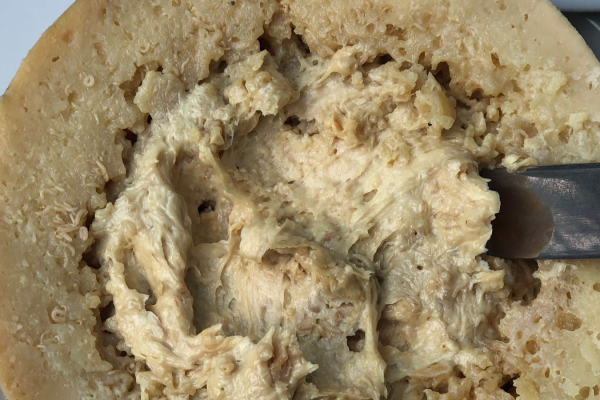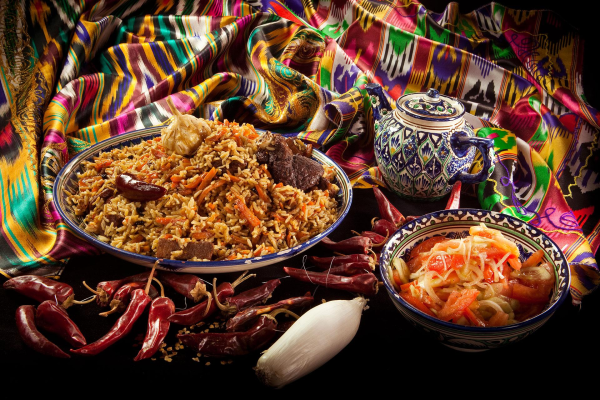
How AI-Powered De-Aging is Changing Movie Magic Behind the Scenes
In modern filmmaking, AI-powered de-aging technology is transforming how we see actors on screen. Studios now use deep-learning models to digitally recreate younger versions of actors, blending archival footage and new performances. For example, in Gemini Man, Will Smith’s younger self was generated via motion capture and CGI to interact with his older self.This technique…









